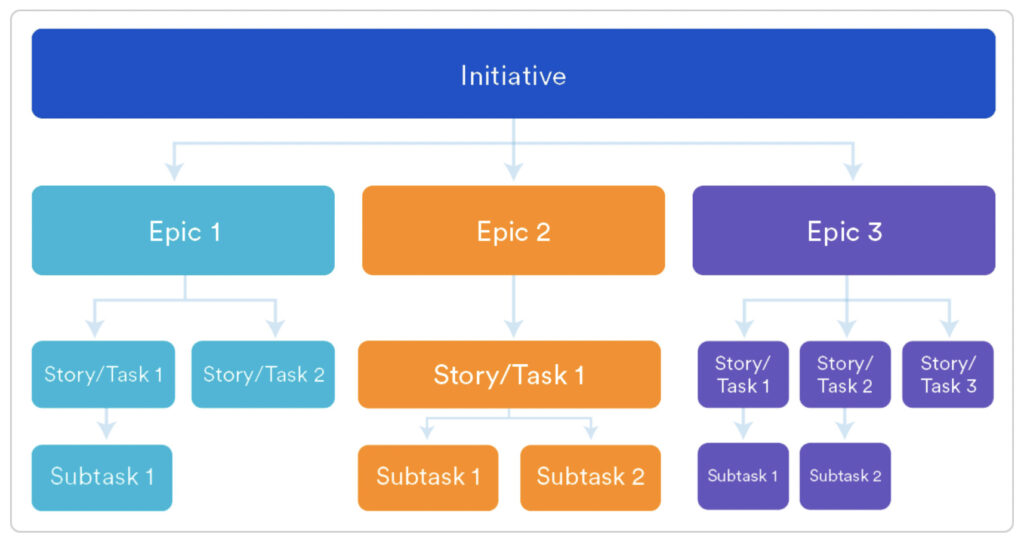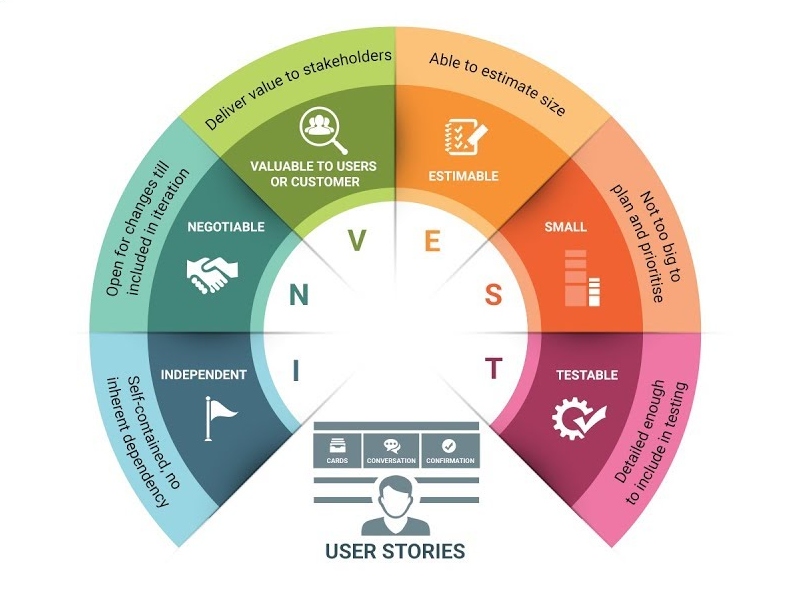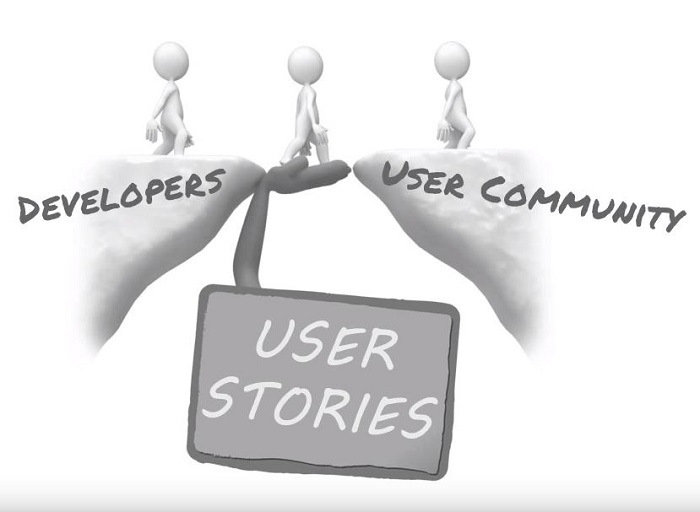Just like the important declaration of Agile, putting people and collaboration first, User Story places end users at the center of the conversation. Through user stories, the Scrum team will understand what they are building and the value it brings.
What is User Story?
User Story is a brief description of product requirements from the user’s perspective. In software development, User Story helps summarize customer requirements for product features.
In other words, User Story is a story with a user, a task to be done, and a result. It is written in the following format:
As a <specific user/role>
I want to <do something>
So that <serve a certain purpose>
Example: As a passenger, I want to book a ride for my trip.
Differentiating User Story and Epic Story
Epic is defined as a larger User Story, longer than one Sprint. From an Epic, it can be divided into sub-tasks or smaller stories depending on customer requirements. Refer to the table below:

Example of Epic: As a Shopee user, I want to know what promotions are currently available to make purchases.
Based on user behavior and psychology analysis, the Shopee application development team will divide promotions into different items through stories such as:
#1. As a Shopee deal hunter, I want to know what discount codes are currently available to apply to my order.
#2. As a person interested in luxury fashion, I want to know which fashion stores currently offer discounts to refer to and make purchases.
Who wrote the story?
In theory, all members of the Scrum team can participate in writing User stories. However, in reality, the Product Owner (PO) and Business Analyst (BA) are often the ones directly involved in writing the stories. Other team members play a role in discussing and taking notes. In the ideal case, product users will directly write the stories.
What makes a quality story?
A complete story must first ensure readability and understanding for both the Scrum team, users, and stakeholders. In addition, the User story must meet the I.N.V.E.S.T. criteria. Specifically:

I – Independent: It can be implemented independently. This allows the PO to freely change its order in the Product Backlog without affecting other stories.
N – Negotiable: It is discussed and agreed upon between the PO, the development team, and stakeholders.
V – Valuable: User stories must have clear value to users.
E – Estimable: The development team can understand the requirements to estimate the amount of work.
S – Small: Stories intended for production should be small enough to be completed in one Sprint.
T – Testable: Helps evaluate the results of the User Story (whether it meets the product requirements, whether there are any errors).
Why are User Stories important?
User stories serve as a quick approach to help teams understand what users need. If applied effectively, the project team can release high-quality products, gaining trust and satisfaction from customers.
User stories serve the following main purposes:
- Focus on user needs.
- Enhance collaboration: Establishing goals – customer requirements – requires the collaborative spirit of the entire team to achieve the set goals.
- Encourage creative solutions: Encourages the team to think, discuss, and create to find the best solution for the ultimate goal.
- Create motivation: Each story is a challenge, and completing a story is like a small victory, creating motivation for team members.

Here are some notes when using User stories:
- Keep the stories concise. According to standards, the best User story should be around 1-2 lines, with a maximum of 5 lines.
- Always put yourself in the user’s position when writing a story.
- User stories need to be confirmed before being implemented in development.
- Depending on the priority level, the content of the story will become more specific (high priority: detailed content; low priority: general content).
- Estimate User stories to control the workload. If a User story requires a lot of resources, break it down into smaller stories.
- Maintain a collaborative relationship with end-users.
In conclusion, user stories are a crucial component of the Scrum framework. They are concise, informal descriptions of features or functionality that capture the needs and requirements of users or customers. User stories help ensure that the development team stays focused on the end-users needs and values throughout the development process. They also allow for greater flexibility and adaptability, as they can be modified or reprioritized during sprint planning or backlog refinement sessions.
Read the related article: How to have Effective Task Delegation and Empowerment Methods
